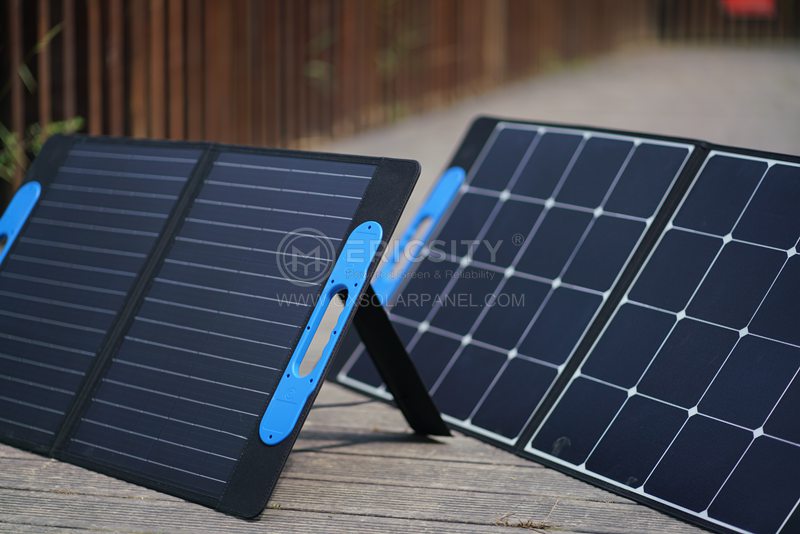HOT PRODUCT
Product Details
Flexible Solar Panel Frames Vs. Frameless Panels: A Comparative Analysis
Title: Flexible Solar Panel Frames Vs. Frameless Panels: A Comparative Analysis
Introduction (100 words)
Solar panels are an essential component of renewable energy systems. Traditionally, solar panels have been mounted on rigid frames, providing stability and ease of installation. However, recent advancements have introduced flexible solar panels that offer innovative advantages. In this article, we will conduct a comparative analysis of flexible solar panel frames and frameless panels to evaluate their performance, installation, durability, and overall efficiency.
Performance (150 words)
When it comes to performance, both flexible framed solar panels and frameless panels offer reliable energy production. The efficiency of the solar cells themselves is unaffected by the type of frame, ensuring similar output for both options. However, researchers have observed that flexible panels mounted on frames exhibit slightly better performance due to reduced stress on the cells. The rigid structure of frames helps maintain constant tension, decreasing the risk of micro-cracking or degradation over time.
Installation (150 words)
Flexible solar panels, generally thinner and lighter, grant alternative installation possibilities compared to traditional framed panels. While framed panels require a fixed mounting structure, flexible panels adhere easily to various surfaces using adhesive backing or via vacuum lamination. This flexibility allows for creative installations in unconventional locations, such as curved surfaces, vehicles, boats, or even clothing. Frameless panels, on the other hand, require a fixed and even surface to secure the module properly, limiting their installation versatility.


Durability (200 words)
Durability is a crucial aspect when considering solar panel longevity and maintenance costs. Framed solar panels offer sturdy protection against physical damage, such as impacts from weather conditions or external events. The frames act as barriers, shielding the solar cells and providing an additional layer of structural support that can withstand wind and snow loads. Conversely, frameless panels lack this added protection, making them more vulnerable to potential damage. Additionally, frameless panels are more prone to moisture-related issues since their exposed edges are susceptible to degradation over time. However, advancements in encapsulation and protective coatings have somewhat mitigated this vulnerability, increasing the durability and lifespan of frameless panels.

Overall Efficiency (200 words)
The overall efficiency of flexible framed solar panels and frameless panels depends on various factors. Flexible framed panels perform slightly better due to improved stress distribution on the cells, resulting in reduced power losses. However, this advantage is marginal and might not significantly impact the overall performance of the solar system. Frameless panels, although more prone to damage, often have a more aesthetically appealing look due to their absence of frames, which may be desired in certain applications. It is essential to consider the specific installation requirements, available area, and aesthetic preferences when determining the overall efficiency of the chosen solar panel system.
Conclusion (100 words)
Flexible solar panels with frames and frameless panels both have their advantages and limitations. While framed panels offer enhanced performance, sturdiness, and installation options, frameless panels provide flexibility, portability, and aesthetically pleasing installations. The decision between the two ultimately depends on specific project requirements, budget considerations, and preferred overall system efficiency. Careful evaluation of the factors discussed in this comparative analysis will help make an informed choice when adopting solar panels for renewable energy systems.




